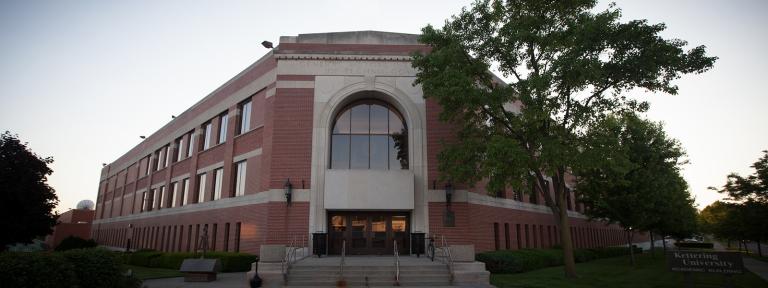
A trillionth of a second is barely a blip on the radar screen of time, unless you are calculating the heat transfer generated by a pulsing laser. Kettering University undergraduate Matt Causley, of Bay City, Mich., has developed a numerical solution to "take a smaller time scale snap shot" of the heat transfer created when using a pulsing laser.
"The problem with the traditional laws of physics as they relate to heat conduction," said Causley, "is that they don't work when you are looking at a sharp burst of heat or cold applied to a metal object. To fully understand this phenomenon we had to more accurately account for the laws of Physics."
The traditional law of heat conduction introduced by Fourier, coupled with the first law of thermodynamics, leads to the parabolic heat conduction equation normally used to calculate heat transfer. This equation has an infinite speed of propagation (movement) and is adequate for many applications, but is not adequate for some emerging technologies like: laser pulses, transient heat transfer at very low cryogenic temperature and microwave heating at high frequencies, according to Causley. For these applications, Cattaneo's law of heat conduction is normally used, but it leads to hyperbolic heat conduction equations with a finite speed of propagation, suitable for accurately calculating the rate of heat transfer.
Causley worked with Dr. Brian McCartin, professor of Applied Mathematics, to develop the "Numerical Solution of the Hyperbolic Heat Conduction Equations by the Method of Angled Derivatives."
What may sound like gibberish to the non-mathematical is really an extremely precise set of equations. The equations developed by Causley and McCartin take into account the trillionth of a second combined with the Method of Angled Derivatives (MAD) developed by McCartin, resulting in smaller time scale snapshots that shows exactly what happens during heat transfer using pulsed lasers.
What they found were reflected pulses. When using a computer program, written by Causley, to provide a visual representation of the heat transfer along a metal rod, they found that as the heat is conducted along the rod it produces waves along the top of a line. When the waves reach the end of the rod they rebound, creating reflected waves along the bottom of the line. At first the waves are larger at one end and smaller at the other, but eventually they achieve equilibrium, or a "stable pattern," said Causley.
The period when the waves are different sizes is called a transient pattern. "What we want to look at is this transient pattern," Causley said. Using the smaller time scale snap shots, mathematicians can better see the changes occurring during this transient period allowing them to mathematically model and understand heat transfer in emerging technologies.
"In the 1970s researchers tried to look at the same problem," said Causley. "They were able to construct the pulses but they couldn't take a small enough time step without taking an equally small distance step. We were able to do more math," he said. Using a scaled equation, the pair was able to remove all dimensions so that the one equation can represent the same model with different conditions.
McCartin encouraged Causley to present his preliminary findings at the Michigan Undergraduate Mathematics Conference Oct. 22. "The week prior to the conference, I made him practice his presentation with me and on my Math 305 (Numerical Methods) class," said McCartin. "I told him he would hate me all week but appreciate my tactics at the conference."
McCartin feels with a little more work Causley will be ready to publish his findings in a professional journal. "It is unusual for an undergraduate to publish," McCartin said, "but this is original research. Matt is the first to do this."
Causley credits McCartin for his success due to McCartin's willingness to share his Method of Angled Derivatives theory prior to it being published in the Journal of Applied Mathematics and Computation, and taking him on as an independent study student for many of Causley's higher level Applied Mathematics courses.
Both are excited about the possibilities associated with their work on solving the problem of accurately calculating hyperbolic heat transfer waves.
Written by Dawn Hibbard
810-762-9865
dhibbard@kettering.edu